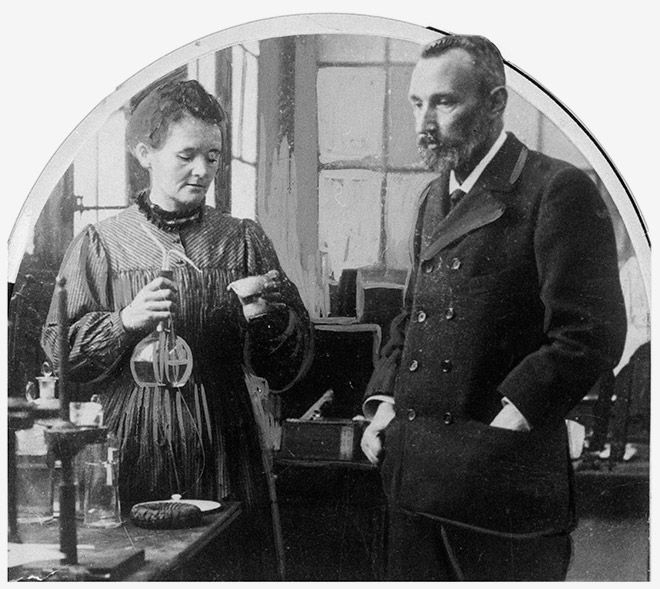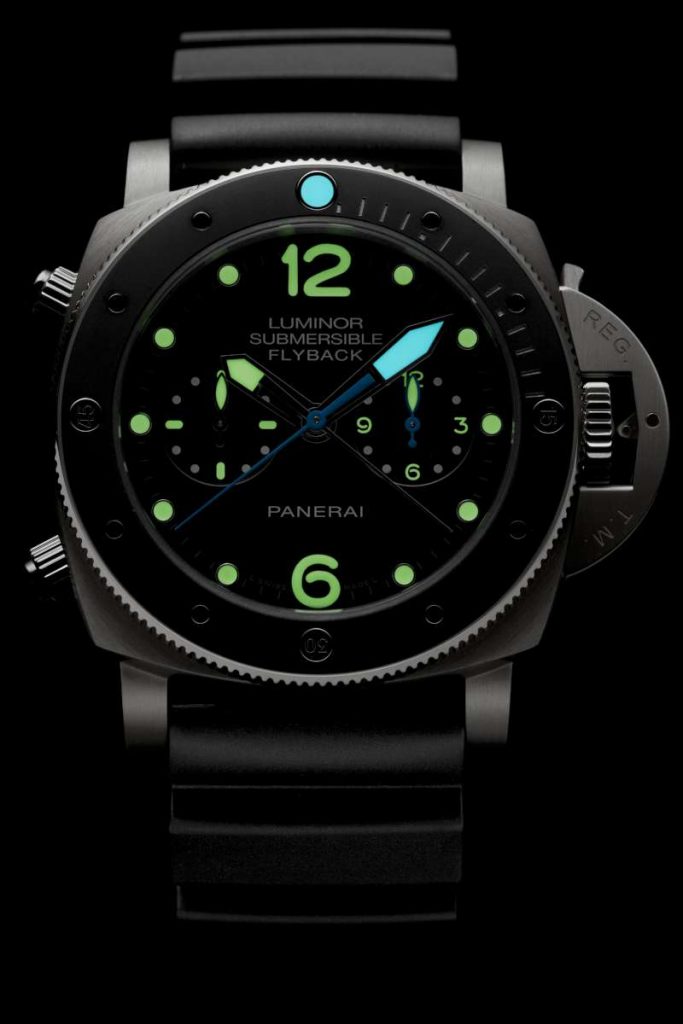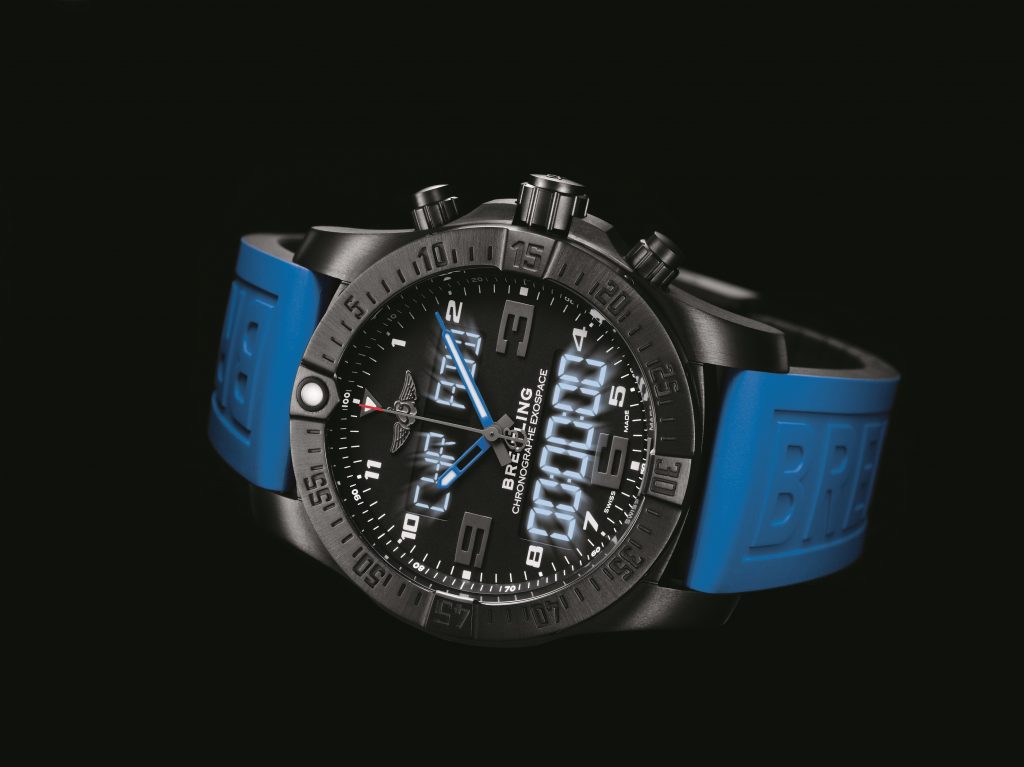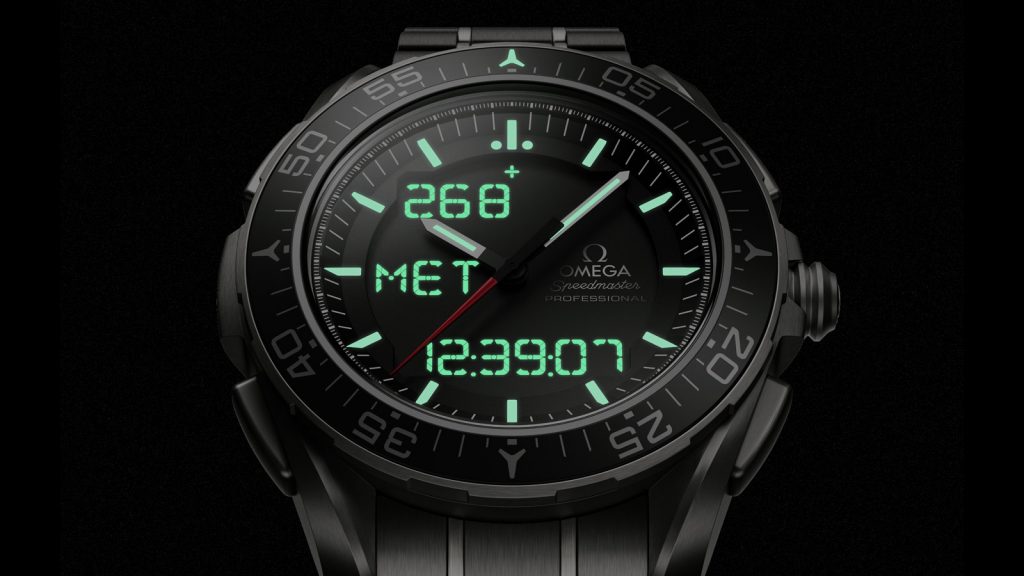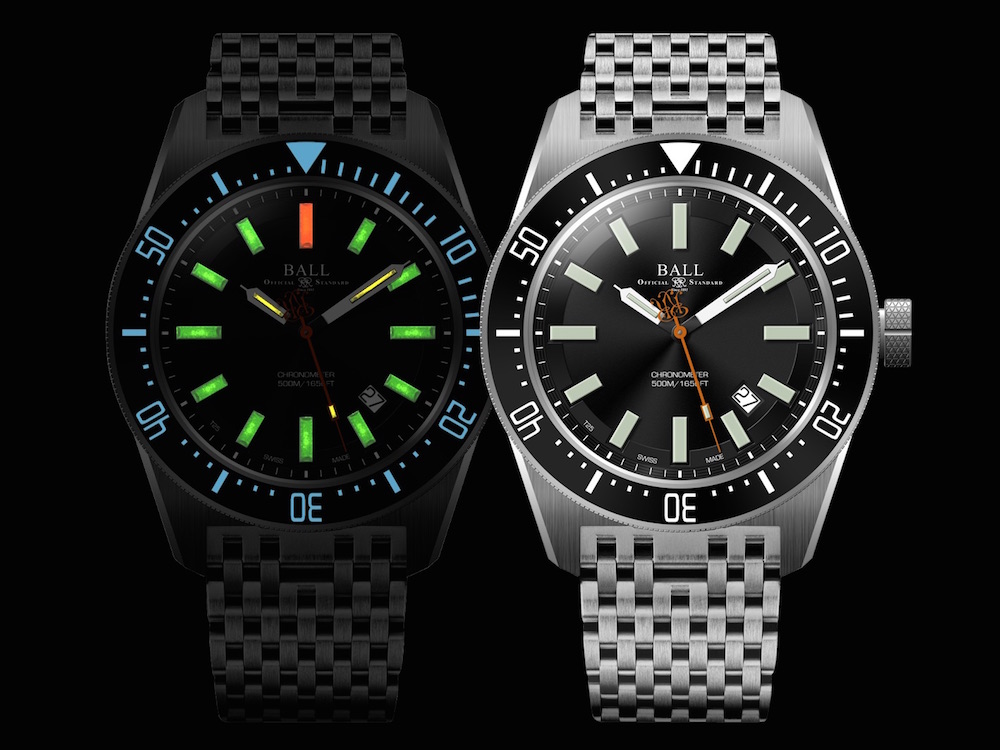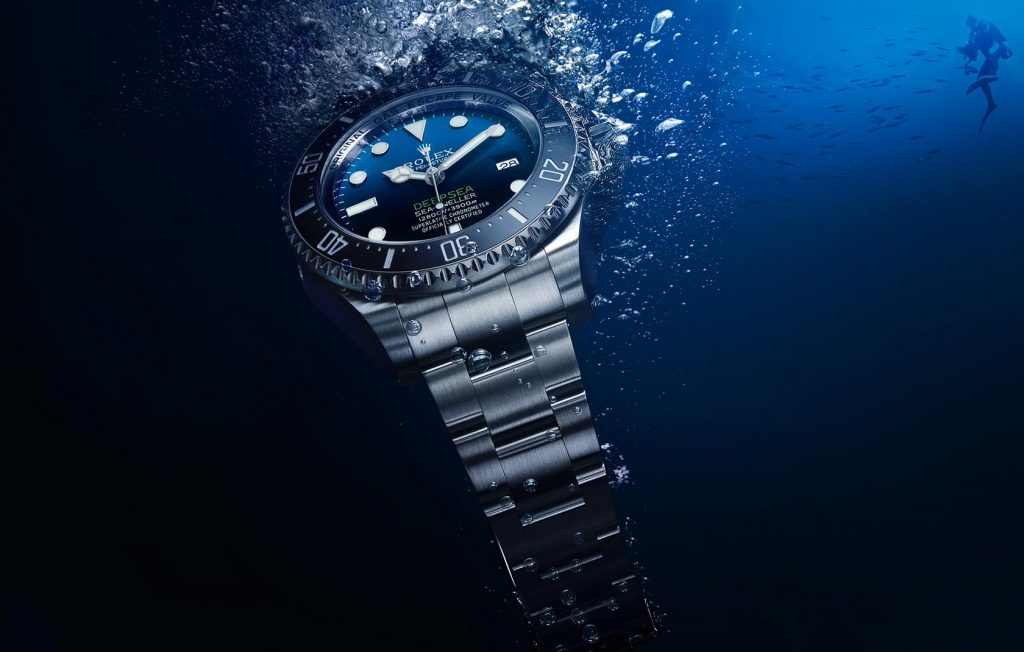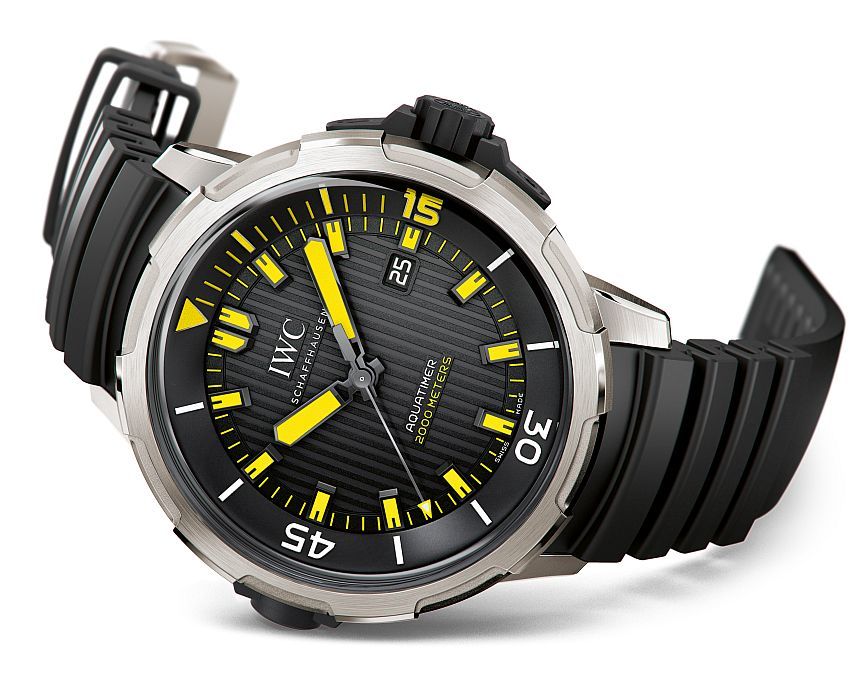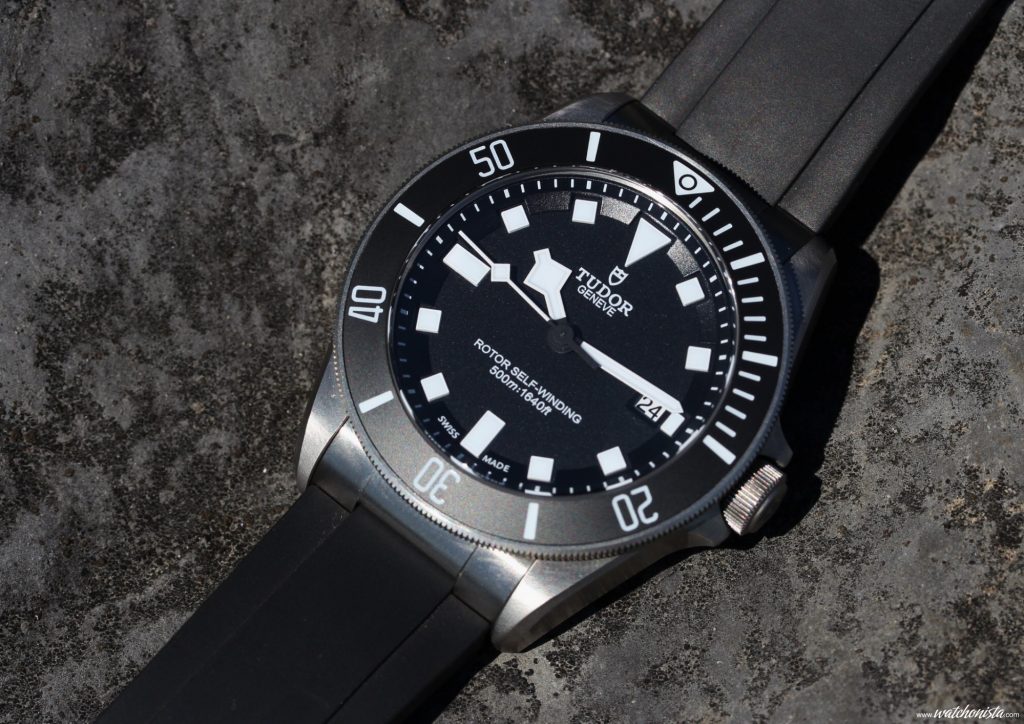Today in history, in 1898, to be precise, husband-and-wife scientists Pierre and Marie Curie discovered radium. It was a discovery that would change lives forever, as the substance made its way into all walks life ranging from medical to watchmaking. Radium was the true start of the luminescent watch and the leader (albeit a killer one) of the pack of “glowing” watches hands and markers. Over the years, the way watches get their glow has changed significantly, but here is a look at how watches get their glow.
Essentially, watches that glow in the dark are designed to make nighttime or underwater reading of the time and functions easier. However, the century-plus journey to get to where we are today was not an easy one. In the late 18th and early 19th centuries, the efforts to add shine to watches involved using shimmering shells and volcanic materials, crushing them and applying the crushed substance to the dials.
Radium for Luminescence
The first real possibility for painting did not come until the early 1900s — just a few years after Marie and Pierre Curie discovered radium. The radium 226 material that had been isolated by Curie (and was said to have a fairy-like blue glow) became the material of choice for fluorescent paint and watch dial paint during the first decades of the 20th century. This radium-based paint was able to deliver glow-in-the-dark effects. Depending on the formulas, different colors could be achieved, but green was most commonly used.
Dial makers, in particular, found that painting the hands and markers with radium would render them luminescent. In 1914, an American company called Radium Luminous Materials Corporation (later called U.S. Radium Corporation), mined radium and began producing its own radio-luminescent paint. U.S. Radium Corporation and similar companies hired thousands of workers (mainly women) to paint watch dials with this substance. For fun, some of the women even used the luminescent material to paint their fingernails or run through their hair for a glowing look at night.
The Girls that Changed the World
Unfortunately, radium emits alpha and gamma radiation, which is deadly if ingested. While scientists and chemists were aware of the dangers, workers were not. They were asked to lick the tips of their paintbrushes (thereby ingesting the substance) as they were painting to keep them pointed for legible painting and sharp numerals. The girls were paid about a nickel for each dial they painted, and they completed just over 200 watches per day each. Most of those girls went on to suffer awful illnesses and horrible deaths as a result of ingesting the material. It is said that a cover-up was enacted by the companies, which issued statements that the women were dying due to sicknesses caused by x-ray machines, or from other diseases.
Finally, in the late 1920s, a group of young ladies working as dial painters for the U.S. Radium Corporation banned together and retained a lawyer willing to take their case to court. They became known as the Radium Girls. Their brave fight not only won the lawsuit against U.S. Radium Corporation, but also- and more importantly – catapulted workplace safety regulations around radioactive materials to a new level. Eventually the factory sites were shut down and new rules were enacted. The Radium Girls were the catalysts to bringing new rules, new laws and safer practices. The last Radium Girl, Mae Keane, had told National Public Radio that she couldn’t stand the gritty taste of the material, refused to lick the brushes, and left after only a few days on the job. Her decision saved her life. She only recently passed away at the ripe age of 107 years old.
Safer Lumen
Eventually, thanks to the efforts of the Radium Girls, radioactive material was finally outlawed for use on watch dials. Investigation into new photo luminescent paints — that absorbed energy from external light sources in the UV spectrum and re-emitted it over a period of time — began again in the effort to find a legal and safer lumen.
By the 1950’s, another radioactive material called tritium — deemed 400 times less harmful that radium. Since the 1960’s, tritium became the material of choice — though it was regulated that it had to have a limit of no more than 25mCi. Some 20th century watches even carry a marking “T<25” or a single or double “T” on the dial.
A decade or so later, some brands turned to the backlighting and LCD (liquid crystal display) to garner a glow on digital watches. That technique has since been improved and continues to be used today.
Super-LumiNova(R)
It was not until the 1990’s that a non-radioactive substance made of a variety of elements was unveiled to the world. That substance is called Super-LumiNova. It is non-radioactive and is a strontium aluminate substance created in a host of colors that enable the watch numerals, markers, hands and other dial accents to glow blue, green or even red-orange depending on the mixes used.
Over the past two decades, the material has advanced thanks to a great deal of research and development, and the Super-LumiNova of the early 1990s has evolved into a new intensity that is at least double the strength of the early versions. Super-LumiNova can be as much as 10 times brighter than the previous zinc sulfide-based materials of 20 years ago.
Applied in varying strengths, the phosphorescence glow of Super-LumiNova and other similar paints in the dark lasts for hours after absorbing sufficient UV light. The pigments, though, must be protected against contact with water or moisture, and so they are generally used only on dials (since they are protected by the crystal) and not on bezels. Super-LumiNova is the current market leader for luminous watch dials.
However, there are other materials on the market that a handful of watch brands use for dive and pilot watches. Top among them is a tritium-based device called “gaseous tritium light source” (GTLS), wherein the material is encapsulated inside tiny glass tubes. These tiny tubes are then placed together to offer a brightness that can be as much as 10 times brighter than applied Super-LumiNova.
MB-Microtec is a big developer and supplier of the tiny tubes system – offering GTLS radioactive luminescence locked inside hermetically sealed capsules. It is worth noting that GTLS is forbidden in certain countries even though it is encapsulated in glass tubes because the material is, after all, radioactive.
It has been found that the non-radioactive Super-LumiNova begins to dim after a short time, whereas tritium capsules will not dim for about 15 to 20 years. Additionally, while Super-LumiNova needs to be exposed to a light source to regenerate its power, the capsules are permanently luminescent during their lifetime. Of course, companies continue to strive to find new and different ways to give watches their glow, but for now these methods shine brightest.
Bright Examples
Among the brands that excel in creating luxury watches with lumen:
Rolex, especially with its Deepsea Sea Dweller watch ($12,350 with blue dial) — a COSC-certified chronometer with helium escape valve and water resistance to 3,900 meters. It offers superb luminosity thanks to the innovative Chromalight display. The distinctive blue glow lasts up to 8 hours with uniform luminosity. The zero marker on the bezel in the form of a triangle is visible thanks to a capsule containing the same proprietary luminescent material as the chronomaligt hands and markers.
The TUDOR Pelagos watch ($4,125) features a self-winding movement inside a 42mm titanium case with unidirectional rotating bezel with black ceramic disk. Water resistant to 500 meters it is equipped with Super-LumiNova hands and markers.
From Ball Watch USA, the Engineer II (at an affordable price of just under $2,000) gets its luminosity from 14 tritium gas tubes below the crystal that form the hour, minute and second hands for night reading. The watch houses an automatic movement, is shock resistant to 5,000Gs, antimagnetic and water resistant to 100 meters.
From Omega, the Speedmaster Skywalker X-33 Chronograph 45mm watch ($5,900) feature a blue and green dial with white transferred indexes and hour markers coated with white Super-LumiNova. A multi-functional quartz chronograph movement powers the watch.
The list goes on and on — as most watch brands with luxury sport watches offer grand luminescence.


